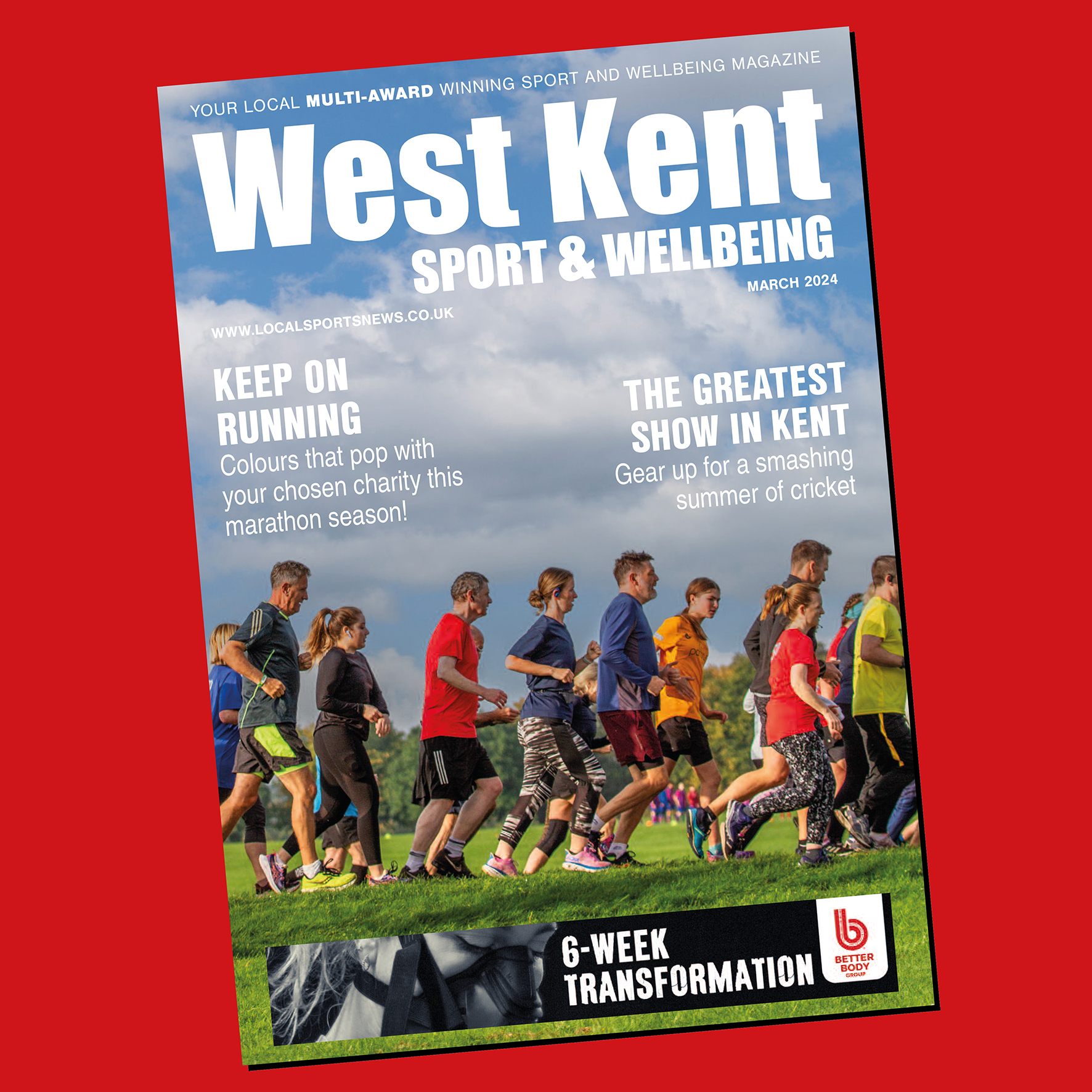Skiing takes a lot out of the body for beginners and even well-seasoned skiers. It requires the full body to be well adapted and ready for the harsh conditions of the slopes.
The Quadriceps are one of the most used muscle groups within skiing because they hold you in position and provide protection for your knees whilst you ski. Your Hamstrings and Glutes play a major role in holding your body in a leant forwards position from the hips. Therefore, to be able to produce top speeds theses muscles must be on their best form. Keeping your skis facing forwards is a hard feat, let alone being able to steer them.
The muscles on your inner and outer thighs (Abductors and Adductors) will be working overtime to maintain a stable position while on the slopes and make steering just that little bit easier!
Another muscle group to help keep you standing and stable are you calves. The Gastrocnemius and Soleus are constantly working while skiing as your knees are bent, so they must work in order to prevent you from falling over. If you are like me and come out of the boot room at the end of the day feeling like your legs have had a beating, then you might want to strengthen all of these muscles to make it feel just that little bit easier!
However, you can’t forget your Abdominals and Back muscles. From staying in a straight, bent over state most of the day, your back will be under constant tension to stop from curling over like a turtle shell. The main muscles used to prevent this and protect the spine are your Abs. They work harder than any other muscles to hold your body in the correct position. Do not abandon them!
If you’re like me and can’t go without hitting the fresh new powder or are a complete beginner taking their first steps onto the slopes then look no further for your top 5 exercises to help you shred, carve and speed down the mountains.
Banded Pump Squats
1) Start off with your feet just past shoulder width and toes slightly turned out.
2) Squat down to parallel, pushing your knees into the band and keeping your knees in line with your second toe.
3) From here take small pulses up and down 20 times, keeping the tension on the band.
If you don’t have access to a resistance band, you can still perform these without. If you find them too easy a weight can also be added to make it more of a challenge.
Slide Lunges (These can be performed forwards and sideways).
1) Stand with one leg on a flat surface (Wooden floor/slide board) surface and the other on a sack or a slide apparatus
2) Keeping most of your weight in the heel of your static leg, allow your back leg to slide outwards while lowering your body
3) Make sure there is a bend in the sliding leg.
4) At the bottom, push through your heel and try and squeeze your legs together by driving your hips through and stand up straight. (Squeeze your glutes!)
• 8-12 reps on each leg
Single leg RDL’s
1) Stand balancing on one leg, with a kettle bell in the opposite hand in front of your thigh.
2) Sit your hips back like it is being pulled by a rope. Allowing your standing leg to have a slight knee bend and free leg to stay in a straight line with the body.
3) Bend at your hips and keep your back straight, allowing the kettle bell to reach shin-height (dependant on your hamstring flexibility).
4) Maintaining your weight through your heel, drive your hips forward to return to your start position.
• 8-12 reps on each leg
If you don’t have access to a kettle bell, a weighted object such as a water bottle can be used instead!
Calf Raises
1) Using a step, lower your heels down until you feel a stretch in your calves.
2) Push up onto your toes.
3) Slowly lower yourself down back to the start position.
• 10-15 reps each way. These can be done with straight and bent legs to allow for activation of the two calf muscles; Gastrocnemius (straight) and Soleus (bent).
Med ball wood chops
1) With the weight of your choice, create a secure base with your feet planted shoulder width apart and a slight bend in your knees.
2) To perform the chop, bring the ball overhead to one side. Make sure you do not create an arch in your back, to do this engage your core and glutes.
3) Quickly bring the med ball down and across your body without letting go.
4) Alternate sides, and the direction of your chop to achieve a full core and back exercise.
• 8–12 reps each direction and side.
Have fun incorporating these into your exercise routines and stay safe on the slopes! Happy skiing!






